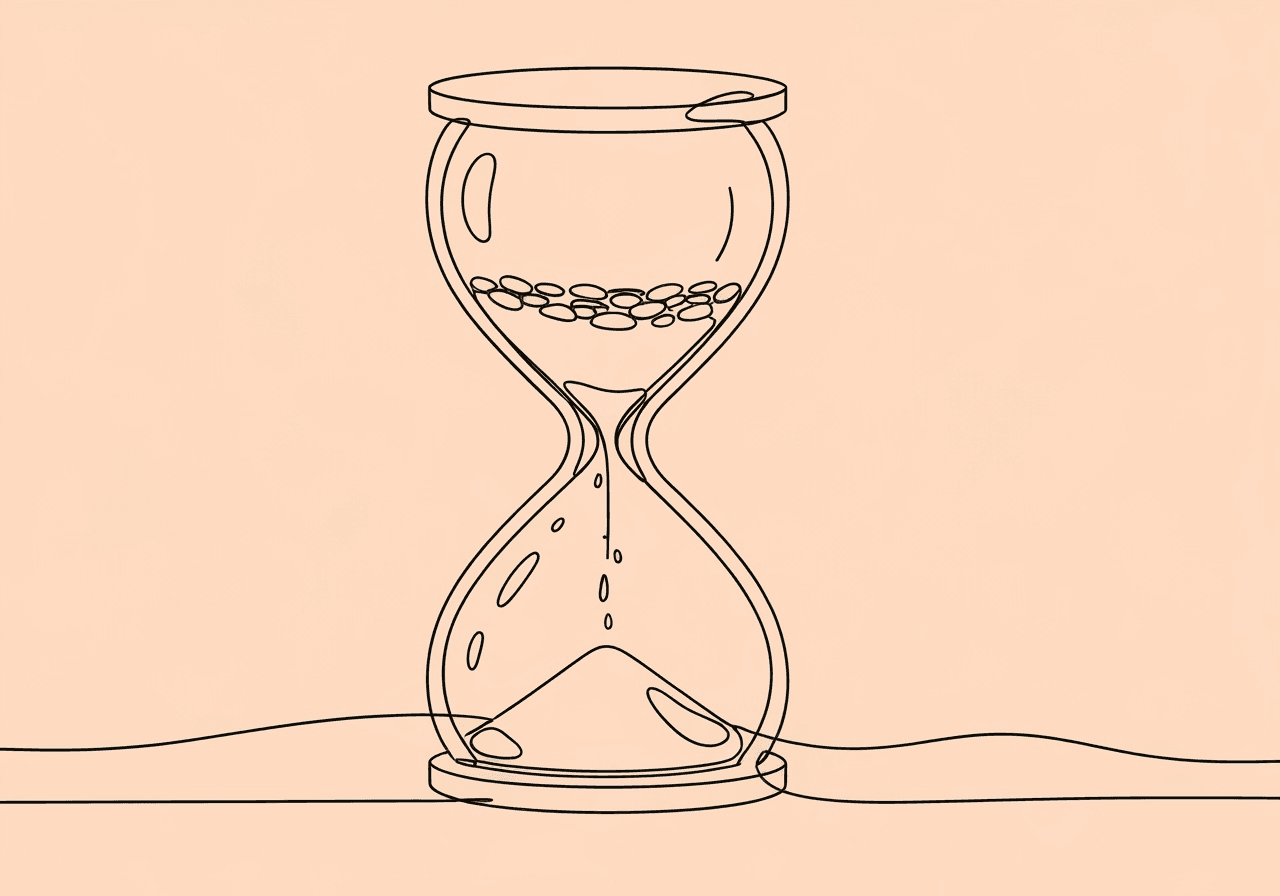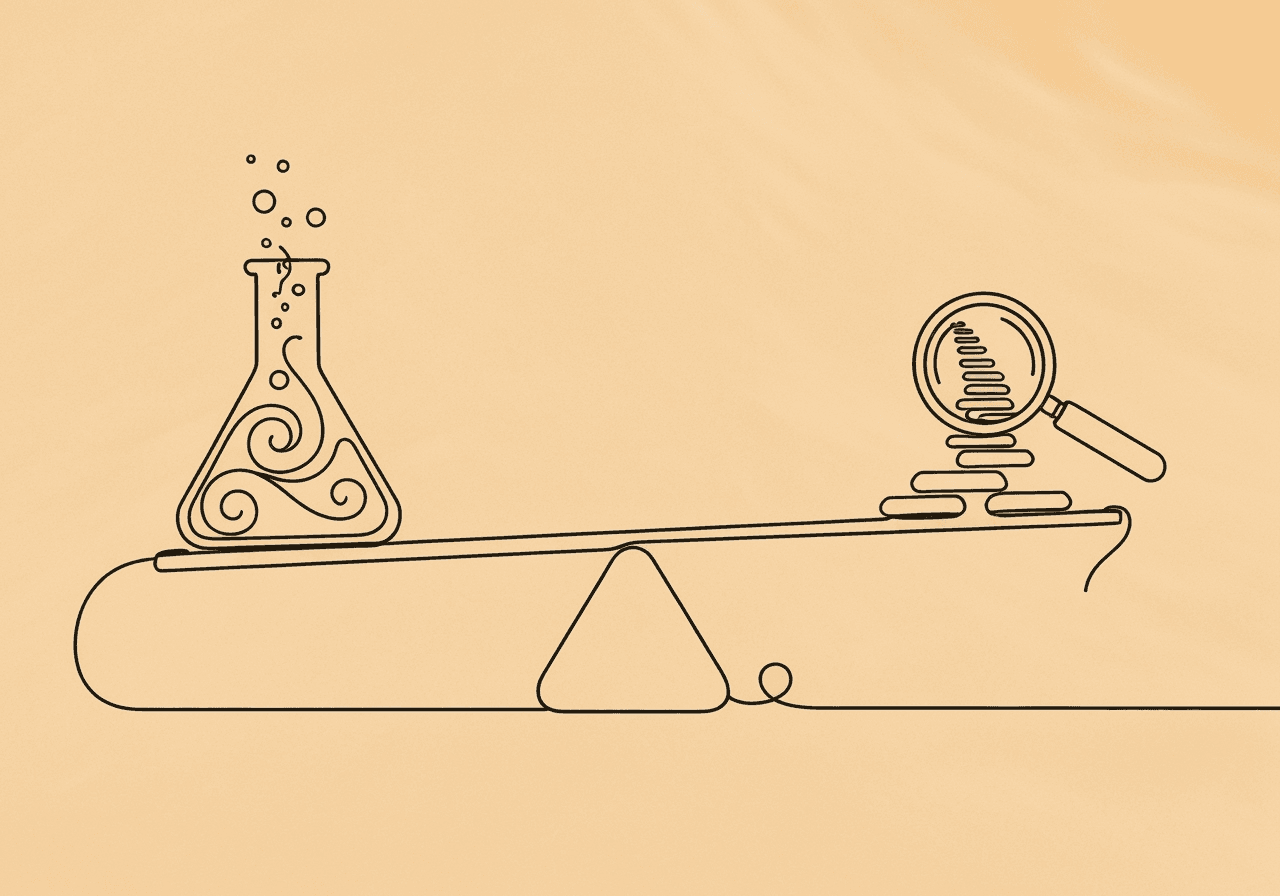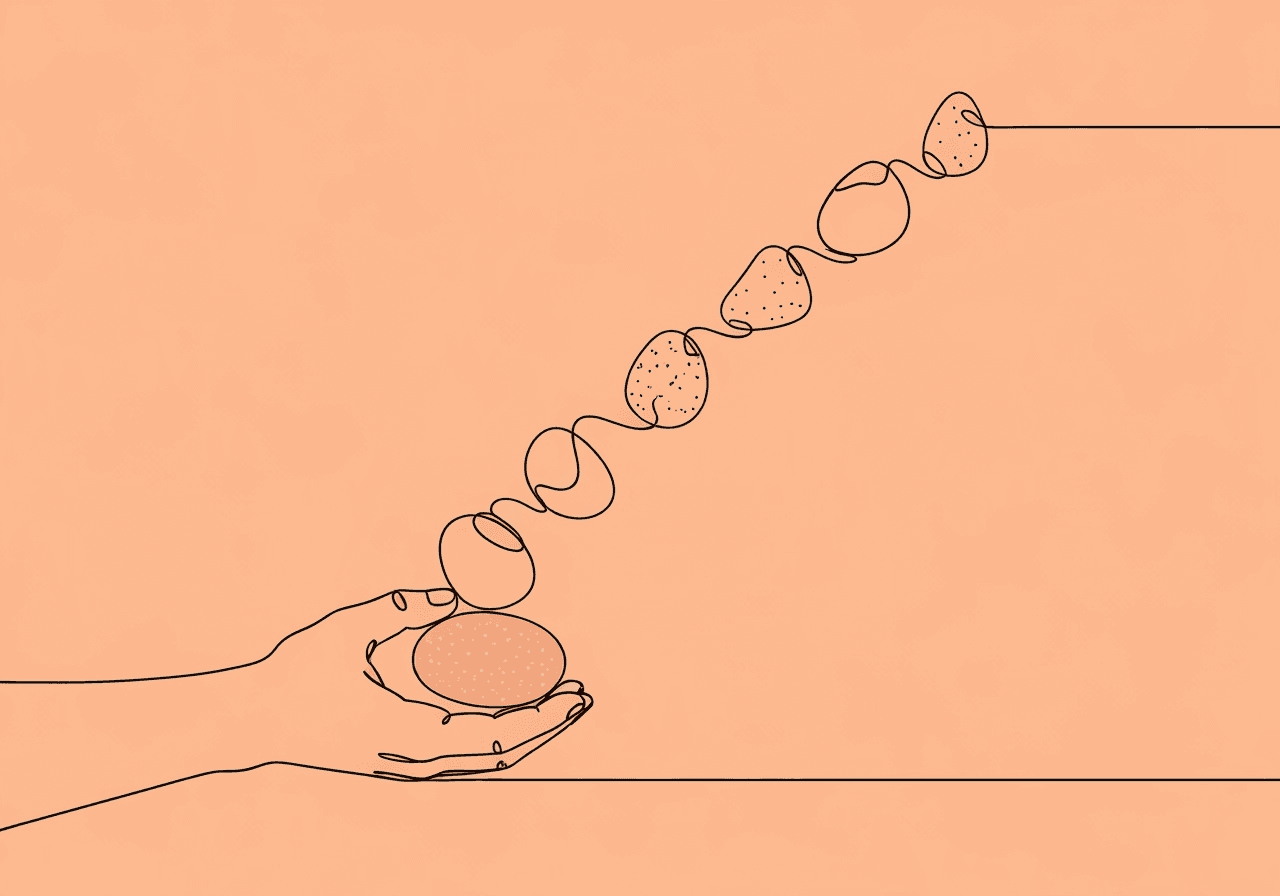Discontinuous Measurement Bias: PIR & MTS Insights for BCBAs

Discontinuous Measurement Bias: PIR & MTS Insights for BCBAs
ABA therapy moves quickly these days. BCBAs often handle several clients and heavy data needs. That's where discontinuous methods like partial interval recording (PIR) and momentary time sampling (MTS) come in handy. They provide quick ways to track behaviors. But these tools can create discontinuous measurement bias. It's a key issue that might twist intervention choices. It could also affect BACB compliance. If you're a BCBA studying for the exam or sharpening your skills, knowing these biases helps. You'll collect ethical, precise data that really supports learners.
This guide covers interval recording basics. It looks at overestimation risks in PIR and underestimation issues in MTS. You'll find practical tips based on evidence. These include interval setup, extra measures, and record-keeping rules. They keep your ABA tools reliable.
Here are key takeaways on discontinuous measurement bias:
- PIR often overestimates behaviors, making short events seem longer.
- MTS tends to underestimate, missing key moments outside checks.
- Short intervals help reduce errors, but match them to the behavior.
- Always document limits to stay BACB-compliant.
- Mix methods with training for better accuracy.
Understanding Interval Recording in ABA Data Collection
Interval recording is a core part of discontinuous measurement in applied behavior analysis. It breaks observation time into set chunks. This makes data collection simpler. Unlike continuous tracking of every event, interval methods just sample if behavior shows up. They're useful in tight spots, like classrooms or home sessions. According to the BACB's Ethics Code for Behavior Analysts (2022), BCBAs must pick methods that give fair data. They also need to note any limits to meet pro standards.
Folks often use these shortcuts when full recording isn't doable. Think busy therapy times or watching several behaviors at once. In a group, a BCBA might check engagement this way. It lets them focus on helping without staring nonstop. Still, this ease can cause measurement artifacts ABA. Sampled info might warp the real behavior shape.
The upsides? Less tiredness for observers and better real-world fit. Peer reviews on discontinuous methods point this out. But you trade off accuracy. Biases might mess up behavior rate reads. That could hit treatment strength. As a BCBA, you need to build systems that fit BACB task list rules. For example, design discontinuous setups per the BCBA Task List, 6th ed. (2022).
Partial Interval Recording (PIR): Mechanics and Overestimation Bias
Partial Interval Recording (PIR) splits the observation into short slots, often 5-30 seconds. You mark the behavior as present if it happens at any time in that slot. It's good for behaviors you want to cut, like outbursts. Here, spotting it at all matters. In real work, an RBT might say "yes" for a 10-second slot if a kid flaps hands just once. Short or long shows the same.
The main PIR MTS bias is overestimation of how often or long behavior lasts. Research on discontinuous accuracy shows PIR boosts rates. It doesn't care how much of the slot the behavior takes. A quick blip counts like a long one. For instance, a study in the Journal of Applied Behavior Analysis notes how PIR overestimates low-rate behaviors by big amounts. This depends on slot size. It can lead to thinking you need more intervention than you do.
This issue comes from catching any sign. It boosts spotty behaviors but hides true length. A PMC analysis of discontinuous procedures (2020) says these biases hurt validity. They matter when exact counts guide choices, like tweaking skill program doses. BCBAs have to balance this with PIR's help in fast-paced clinics. It speeds up charts without full logs.
Momentary Time Sampling (MTS): Implementation and Underestimation Risks
Momentary Time Sampling (MTS) differs from PIR. It only notes behavior at the end of each slot. It's like a quick photo. Slots might be 30-60 seconds. The observer checks just at the close. This fits ongoing tasks, like staying on task. Constant watching could interrupt. An RBT might peek at session end per slot to see if the learner reads. They skip the in-between fuss.
MTS brings discontinuous measurement bias via underestimation of duration or frequency. It skips events not at the check point. If behavior drops right before, it scores no, even if it ruled most of the slot. Reviews, like one in Behavior Analysis in Practice (2013), show MTS lowballs high-change behaviors. This might hide skill gains and slow reviews.
The problem ties to that one-point check. It misses ups and downs in behavior shape. In sessions, it could make steady attention look spotty when it's not. That's from PMC studies on sampling accuracy (2020). MTS cuts down reactivity. Observers don't glue eyes all session. But align it well with behavior flow to dodge under-catching.
The Science Behind Measurement Artifacts in Discontinuous Methods
Measurement artifacts ABA mean twists in data from partial samples. They're linked to how PIR and MTS split time. In PIR, the "any time" rule skews high. Even a flash fills the slot on paper. It mixes showing up with sticking around. MTS's end-point check skews low. It misses shifts, as the peek might not match the slot's behavior world.
These issues grow with slot size. Shorter ones, say 10 seconds, cut PIR error for quick events. But they tire observers. Longer ones, like a minute, worsen MTS lowballs for short-lived behaviors. A Journal of Applied Behavior Analysis study (2007) compares PIR and MTS. It says PIR's boost fits cut goals. But both stray from full measures. Errors hit 20-30% in test high-rate cases. Real differences hinge on starting behavior levels.
Observer slip adds more. Uneven timing boosts artifacts. The BACB Ethics Code (2022) stresses this in data rules. Knowing these helps BCBAs read charts smartly. They spot when twists show method flaws, not real shifts.
Ethical Strategies for BCBAs to Mitigate Discontinuous Biases
As a BCBA, you need to build systems that mix ease and truth. This follows the BACB's call to check measurement strength (Task List, 6th ed., 2022). To fight discontinuous measurement bias, pick slots wisely. Guidelines say use 10-15 seconds for changing behaviors in PIR. This cuts overestimation. For MTS, match slots to behavior loops, like 30 seconds for steady jobs. See Use of Discontinuous Methods of Data Collection in Behavioral....
Add mixed measures for checks. Like, add time tracking after for iffy slots. This mix-up, suggested in ABA lit like a PMC review (2020), gives solid data. It keeps discontinuous ease. Train RBTs on bias spots with play-acts. This drops errors and builds agreement over 80% as a check mark. Check BCBA Exam Study Topics: Measurement & Interobserver Agreement.
Notes are key for BACB fit. Spell out method, slot info, and weak spots. Say, "PIR used; watch for overestimation in reads." This helps handoffs and checks. It matches ethics on good and truth. Tackling artifacts head-on helps pass exam parts on measurement. It lifts client-focused work too.
Practical Implementation: Mitigating Discontinuous Measurement Bias in Sessions
Put fixes to work in sessions with behavior checks first. Pair PIR to cut targets, like aggression. Use MTS for build goals, like social starts. This follows ABA steps. Test slots in start phases against full data. Tweak for twists—shorter for over risks, set checks for under.
Use tech like AI templates to auto-chart and spot biases. It keeps HIPAA-safe storage for reviews. For exam study, remember: discontinuous needs reasons in reports. Tie to aims per BACB data rules (2022).
In team oversight, check artifacts every quarter with agreement tests. Note changes. This loop from field work keeps data solid over cases.
Frequently Asked Questions
How does momentary time sampling compare to partial interval recording in terms of accuracy?
Momentary time sampling (MTS) often gives better estimates for low- to mid-rate behaviors than partial interval recording (PIR). PIR boosts due to any-spot scoring. But MTS might lowball changing behaviors by skipping in-between. See a Journal of Applied Behavior Analysis comparison (2007). For sharp work, add duration checks to MTS. Do this in skill growth, as BACB rules suggest.
What are the best practices for using partial interval recording?
Pick short slots (10-15 seconds) for changing behaviors to cut overestimation. Train watchers hard. Note limits for BACB fit. Use PIR main for cut behaviors. Add full measures to check, per Behavior Analysis in Practice (2013). Regular agreement keeps strength over 90%. See BCBA Exam Study Topics: Measurement & Interobserver Agreement.
How can I minimize measurement artifacts in discontinuous recording?
Cut artifacts by matching slot sizes to behavior shape—shorter for quick ones. Run start reliability tests. Mix methods, like PIR with time. Train on bias spots, as in PMC studies on discontinuous accuracy (2020). BACB pushes ongoing validity checks for fair data.
What are the ethical implications of using discontinuous measurement in ABA?
BCBAs must share biases with teams. Pick methods for aims. Make sure data guides good choices, per the BACB Ethics Code (2022). Too much use without fixes risks wrong interventions. Focus on clear notes and oversight for truth and client good.
How do different interval lengths affect the accuracy of discontinuous measurement?
Short slots boost PIR accuracy by cutting overestimation. But they load observers more. Long slots in MTS grow underestimation for spotty behaviors. Studies say check lengths with start compares. Aim 5-30 seconds by rate, per Journal of Applied Behavior Analysis findings (2007).
Are there specific behaviors better suited for discontinuous measurement?
Discontinuous fits changing or often behaviors. Think on-task (MTS) or upsets (PIR) in real spots. It skips tiredness from full tracking. Not great for exact low-rate ones. Use for scans, then full. Follow BACB task list guidance (2022).
Wrapping this up, discontinuous measurement bias in PIR and MTS highlights a key challenge in ABA: ease against sharpness. Spot overestimation in PIR—quick events pump records. Catch underestimation in MTS—skipped spots vanish. BCBAs protect data truth this way. It's shown in reviews like PMC (2020). This fits BACB Ethics Code rules. It boosts treatment results with sure starts and tracking.
In practice, check your setups quarterly. Review slot plans. Add time measures in fuzzy spots. Note biases clear in records. Tools like AI note helpers flag biases. In the end, cutting these twists builds ethical, exam-fit work. It puts learner wins first.
(Word count: 1,756)
Popular in Study Guides & Exam Prep
- 1
2025 RBT Competency Assessment Preparation Checklist
94310 min read - 2
RBT Task List A-01: Prepare for Data Collection — 7-Step Checklist
3706 min read - 3
ABA Continuous Measurement (Frequency, Duration)
2976 min read - 4
RBT Exam Study Guide 2025: Complete Prep with Practice Questions & Tips
2978 min read - 5
ABA Latency, IRT, Duration: RBT Data Collection Guide
2938 min read
Popular in Study Guides & Exam Prep
- 1
2025 RBT Competency Assessment Preparation Checklist
94310 min read - 2
RBT Task List A-01: Prepare for Data Collection — 7-Step Checklist
3706 min read - 3
ABA Continuous Measurement (Frequency, Duration)
2976 min read - 4
RBT Exam Study Guide 2025: Complete Prep with Practice Questions & Tips
2978 min read - 5
ABA Latency, IRT, Duration: RBT Data Collection Guide
2938 min read
Related Resources
Explore more helpful content on similar topics

BCBA Visual Analysis of Data: Exam Prep Essentials
Master BCBA visual analysis of data essentials for your exam. Discover how to interpret level, trend, and variability in ABA for functional relations. Ace your BCBA test with expert tips!

Inferential Statistics for ABA BCBA Exam Success
Master inferential statistics for ABA BCBA exam success. Explore visual analysis, t-tests, ANOVA, and BCBA research methods to enhance your statistical analysis skills and ace certification.

Philosophical Assumptions of ABA: Essential Guide for BCBAs
Explore philosophical assumptions of ABA essential for BCBAs. Discover determinism, empiricism, experimentation, replication, parsimony, and philosophic doubt with practical examples and a summary table.